Basri Shah Mosque: The Oldest Mosque of Kolkata
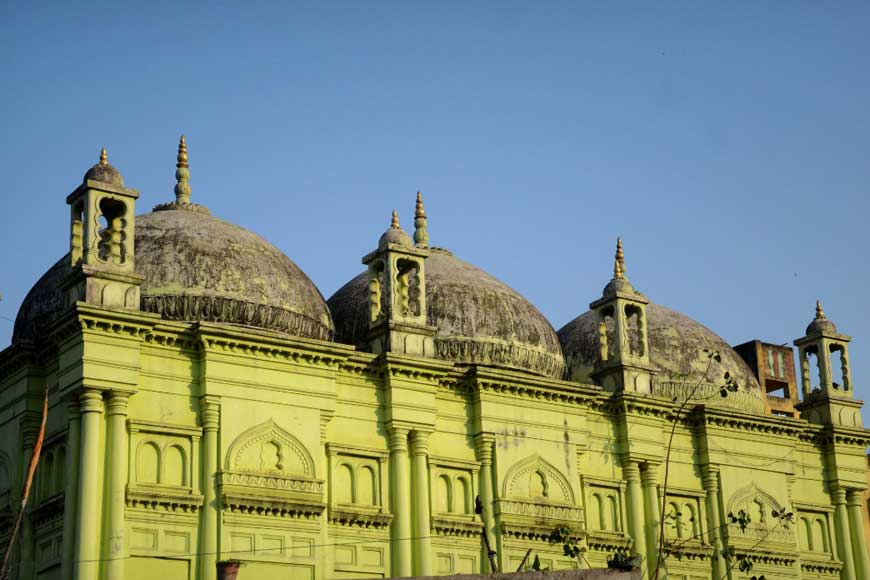
“WThe Nightingale of India, Sarojini Naidu had once said, “It (Islam) was the first religion that preached and practiced democracy; for, in the Mosque, when the call for prayer is sounded and worshippers are gathered together, the democracy of Islam is embodied five times a day when the peasant and king kneel side by side and proclaim: ‘God Alone is Great’… I have been struck over and over again by this indivisible unity of Islam that makes man instinctively a brother."
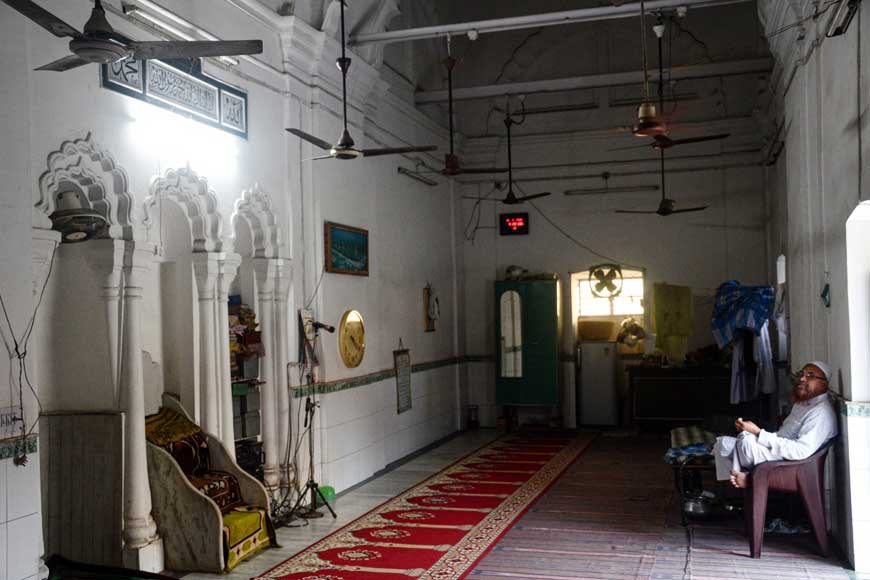
Both Hindus and Muslims have coexisted peacefully in Kolkata for generations. A little more than 20 per cent of Kolkata’s residents are Muslims and the city has more than 450 mosques. Like other religious structures, the mosques of Kolkata are important contributors to its history. But which is the oldest mosque of Kolkata? Janice Leoshko, Associate Professor in the Department of Art and Art History and Associate Director of the Center for Asian Studies at The University of Texas at Austin, wrote a book titled, Calcutta Through 300 Years. In the book, there is a chapter titled The Mosques of Calcutta where she states, the Basri Shah Masjid (mosque) in Chitpur is the oldest mosque in the city.
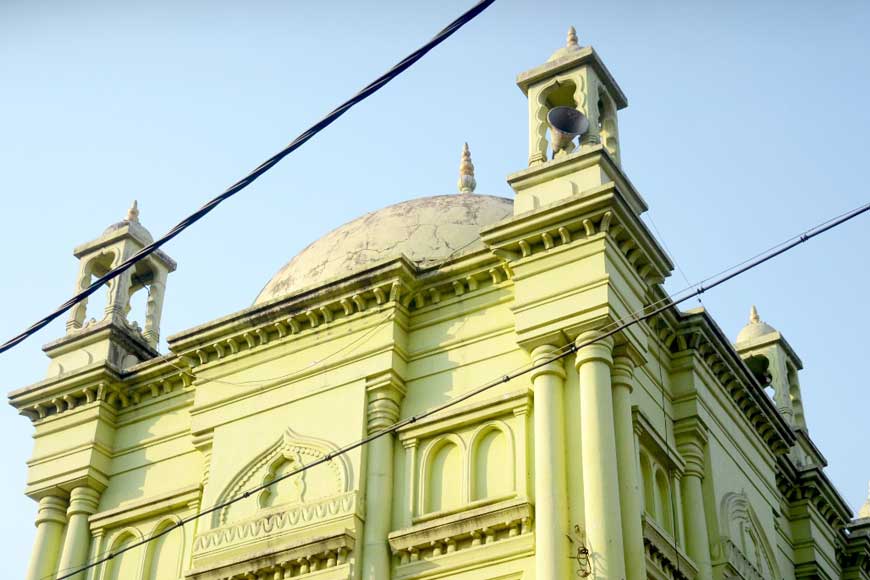
Located at 8, Sett Pukur Road in the industrial belt of Cossipore, the rectangular structure dominates the area and is visible from the new bridge connecting Chitpur with Barrackpore Trunk Road across the Cossipore railway yard. A narrow brick stairway leads to this place of worship whose walls were once used to dry cow dung cakes. Actually, there used to be many rooms on the ground floor but these are not accessible any longer. It was blocked from inside and all the chuna or lime and surki or brick dust plaster had disappeared, exposing elaborate brickwork of great delicacy. The walls were ornamented with graceful stucco work seen in temples and stately homes of the same vintage.
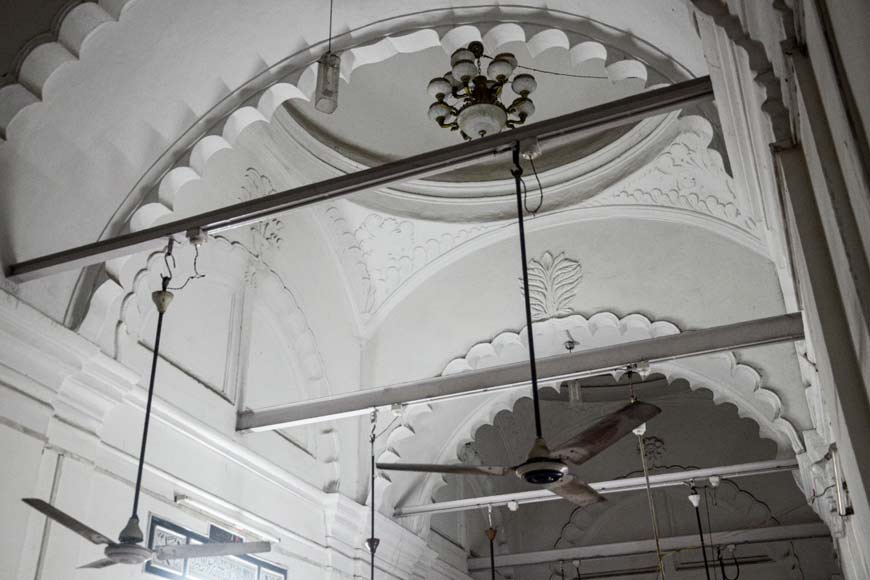
The construction of this mosque is attributed either to Zafar Ali Khan, the dewan of Siraj-ud-Doula, who moved to this area after the Battle of Plassey, or Nawab Reza Khan, but it is said to have come up in the early 19th century. The mosque’s original plaque detailing its construction is lost but Leoshko notes that it said that a certain Ja’fir Ali had built the mosque anew in 1219 Hijri, which corresponds to 1804 C.E., implying that an earlier structure existed at the same place.
In 2012, city historian Pijush Kanti Roy’s book, Mosques in Calcutta was published. The book traces the birth of Calcutta from the time this entire Gangetic delta region was forestland with three sparsely populated villages -- Sutanuti, Gobindapur and Kolikata. These were part of khas mahal or imperial jagir or an estate belonging to the Mughal emperor himself, whose jagirdari rights were held by the Sabarna Roy Choudhury family of Barisha. In 1698, the Roy Choudhury family were compelled to transfer their rights over Kalikata to the East India Company and the city began to take shape. Villagers from across Bengal began to migrate here in search of livelihood. As the number of Muslim settlers increased, the need for setting up mosques was felt.
Also read : The tales of Nakhoda Masjid
According to Leoshko, a clue to the mosque’s age is its style of construction. Basri Shah is the only mosque in the city to follow the pre-Mughal Bengal style, which had been established during the days of the Bengal Sultanate in the capital city of Gaur. But even if the original Basri Shah masjid dates back to the 1700s, it is one of the only mosques in the city of such age. The vast majority of Kolkata’s mosques are from the 19th century when there was large-scale migration to the city in search of work.
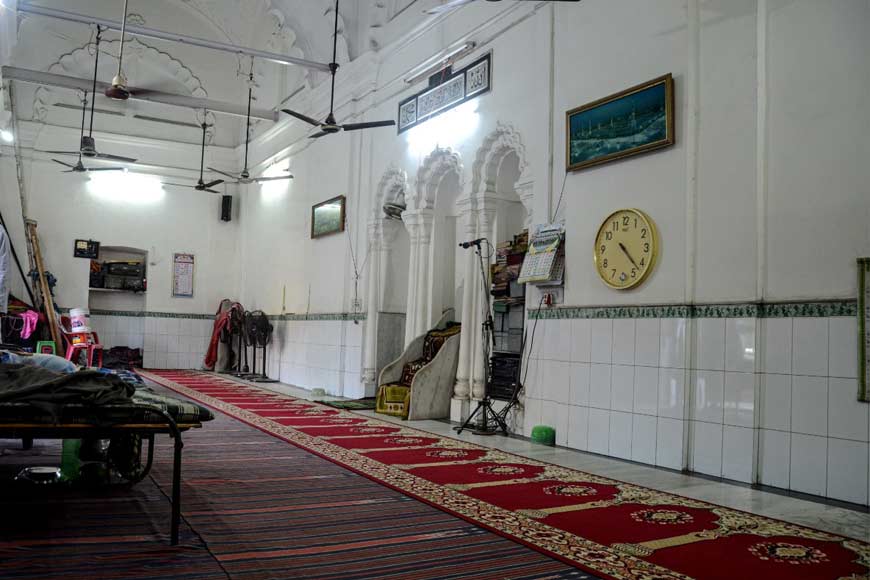
Pijush Kanti Roy spoke to the mutwalis (trustees of a waqf) and learnt that the name of the saint was ‘Basria Rahmatullah Allahe’, who hailed from Basra, a port city in Iraq. After he settled in Calcutta sometime between 1760 and 1790, he was addressed by the local people as ‘Basria Shah’ or ‘Basri Shah’, and was loved and respected by both Hindus and Muslims. After his death, his followers built the mazar of Hajrat Hassan Basri Shah Rehamatullah Alai Chitpur Dargah. Since the mosque was built on the same property, it was named ‘“Basri Shah Masjid’.
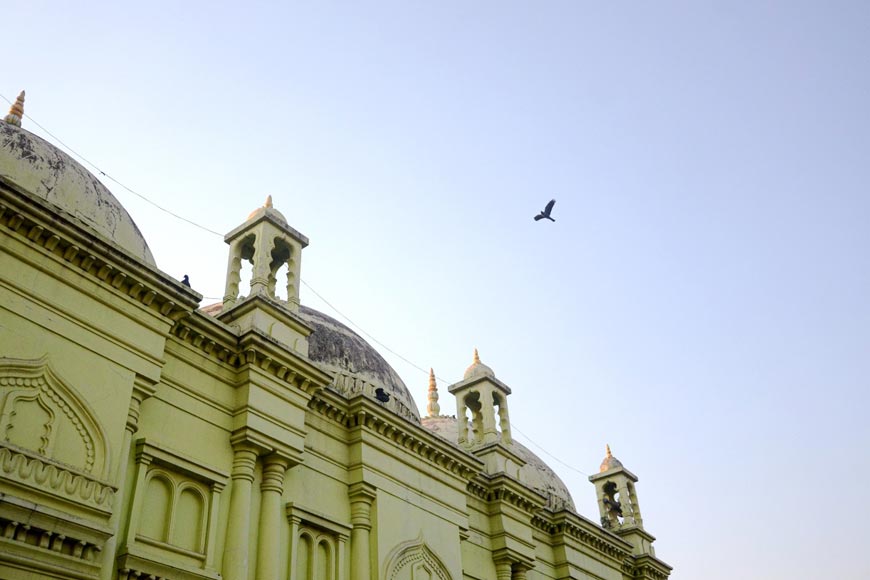
The mosque was abandoned for a long time and was being used as a marble shop until local people decided to repair the abandoned mosque and collected subscriptions. Kolkata Municipal Corporation enlisted the mosque in Category I of Heritage Buildings.
At present, the mosque has a prayer hall on the first floor which is a single aisled plan. The hall can be reached through a staircase directly from the street. The mosque is also used as a Madrasa and the Imam teaches the local children.











